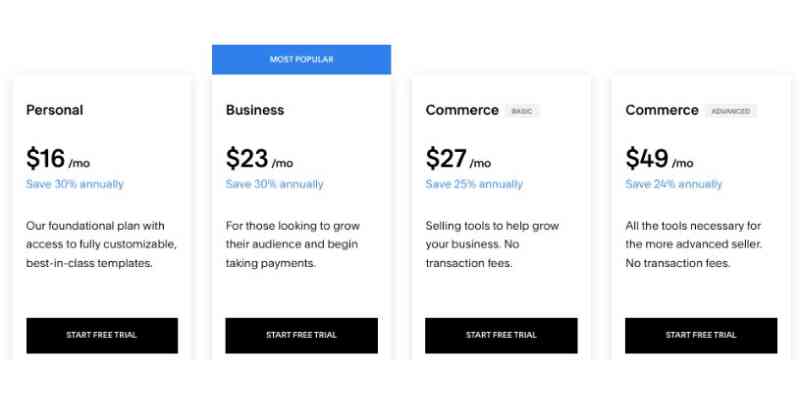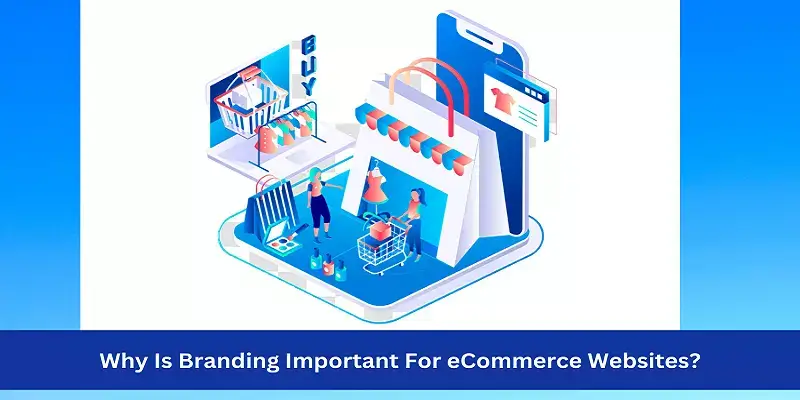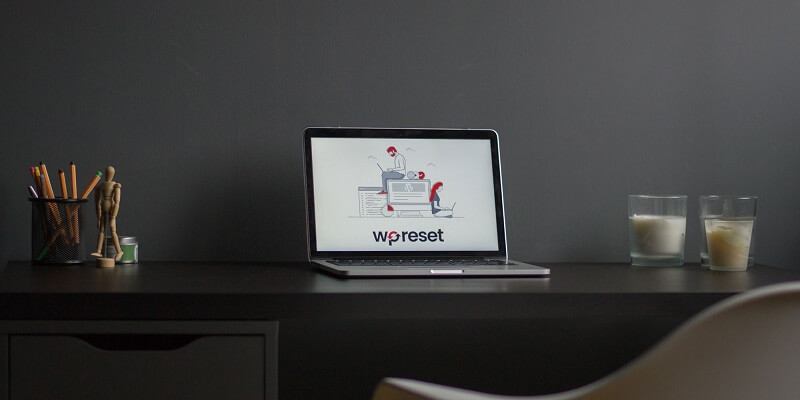Shopify is a far better option for e-commerce than Squarespace, which is the major reason to use it instead. It allows you to sell in many ways that Squarespace just cannot, especially when it comes to the areas of dropshipping, tax computation, point of sale, and multi-currency transactions. The highlight topic is Shopify vs Squarespace.
The primary benefit that Squarespace has over Shopify is its better platform for showing and managing content. Squarespace might be a better option if your objective is to create a visually pleasing website and engage in some light side sales.
Motives for Using Shopify
- For selling internationally and in multiple currencies, it is much better.
- It has better automatic tax computation functions.
- Strong, integrated point-of-sale functions are offered
- It makes switching between templates much simpler.
- It is a far superior print-on-demand and exporting platform.
Motives for Using Squarespace
- The platform is simpler to utilize.
- Compared to Shopify, you get a lot more user accounts.
- Its drag-and-drop editor is much better than Shopify’s.
- Included resources for selling material that is locked
- You get a lot more free templates from it.
Free trials
An Overview of Shopify and Squarespace
Squarespace and Shopify appear to be comparable tools in the beginning. Even if you do not know the way to code or design, you may still make an internet site and promote items.
However, they start with exceptional goals and have one-of-a-kind histories.
While Shopify was built specifically as an answer for growing an Online store, Squarespace became first advanced as a device for creating and coping with content material-based totally web sites.

However, the two structures have turned out to be a great deal more comparable with Squarespace’s addition of e-commerce and Shopify’s expansion in content material-introduction equipment. In concept, you can now use both to set up a web save or expand a content material-driven internet site.

Are you looking to create an online store or a “website”?
The first factor you have to think about whilst selecting between Shopify and Squarespace is whether or not you want to create an Online store or a website.
Technically, an internet shop is also an internet site, however for purposes of this dialogue, after I talk over with an “internet site,” I imply an internet presence that locations an excessive precedence on distributing facts, together with a weblog, information web page, brochure website online, magazine, photographic portfolio, etc.
“Online store” refers to a website where the main objective is to sell goods.
Establishing an online store
As one might assume, Shopify has lots greater superior selling gear than Squarespace because of its records as a specialized online save builder when it comes to the e-trade factors of both merchandise.

Similarly to Squarespace, Shopify provides:
- Collaborations with over 10,000 third-party apps that greatly increase your store’s performance
- The ability to accept payments in several currencies
- Many dropshipping choices
- Improved tools for tax calculation
- Lots of options for payment Gateways.
Let’s first look at cost, as your willingness to pay will determine how much e-commerce abilities you receive with Squarespace and Shopify.
Important differences all over Squarespace plans
- Personal — $23 per month.
- Business — $33 per month.
- Commerce Basic — $36 per month.
- Commerce Advanced — $65 per month.
A complimentary two-week trial is also available to you (extensions to this are likely upon request).
You can now avail huge savings on any of the aforesaid plans if you buy one annually. The preceding four options come out to $16, $23, $27, and $49 a month, respectively, when you do.

Creating a website that is driven by content
Design elements and content management systems should be your top priorities when creating an educational website, and Squarespace outperforms Shopify in these areas.
Squarespace boasts exceptional photo editing and displaying tools, a simple and user-friendly content management system (CMS), excellent themes, and strong blogging options overall.
But, you should be aware that Squarespace handles website creation in a kind of “walled garden” way.
This refers to the fact that Squarespace is a very “closed-off” system; unlike Shopify, it might be difficult to integrate third-party apps, and you don’t have complete access to the website’s code.
Despite this, a lot of users would think that Squarespace is an excellent website builder for making a content-driven website.
- It is very easy to use.
- It’s simple to modify the typeface and colors.
- Its templates are beautifully created.
- Despite the drawbacks, the walled garden technique ensures that the platform is reliable and that you won’t need to worry about site maintenance.
Shopify has always lagged in this regard, but in recent years, it has begun to close the gap. This is because Shopify OS 2.0, an enhanced theme format, and a new drag-and-drop editor have been released (more on which momentarily).
Squarespace is still, yet, the superior choice for building content-driven websites as of right now.
Important differences between Shopify plans
Five monthly plans are offered by Shopify.
- Starter — $5 per month
- Basic — $39 per month
- Shopify — $105 per month
- Advanced — $399 per month
- Shopify Plus — custom pricing according to needs, typically costing $2,000 a month.
Similar to Squarespace, Shopify offers a free trial. But, this is very different from the Squarespace event in that it lasts for three days instead of 14.
But, you have the option to pay $1 for a month’s worth of use of Shopify after the three days (only the “Starter” and “Basic” plans are available). This essentially offers you an extensive period to create and operate your store at a low cost.
You can access this trial and offer here.








